The possibility of thinking about a world where pure power could be harnessed from the atmosphere (from any location and any desired time) can pave the way for the accomplishment of nil emissions. As people attempt to move towards a sustainable future, the harvesting of the easily available resources (i.e.) renewable energy resources from our atmosphere have become indispensable. This kind of atmospheric resource harvesting has the potential to provide outstanding power solution by being able to obtain the beneficial electrical energy from the naturally occurring resources like vibrations, heat, sunlight, water, wind, etc.
In this article, we will discuss whereabouts of energy resource harvesting in a comprehensive way along with 50+ renewable energy projects.
Must read: Embedded Projects
Important Techs for Powering with Harvesting of Energy resources
For powering various machineries and equipment's, better energy harvesting solutions are required. These solutions could be only rendered with certain important techs, which are as follows:
Harvesting of Thermal resources
The electricity outcome is generated with the conversion of geothermal resources or heat resources from sources like heat disposed-off from industrial operations, bodily temperature, etc.
Harvesting of Solar resources
The electricity outcome is generated with the conversion of sunrays using the photovoltaic cells. These outcomes suit the lighting and sensor structures.
Harvesting of Radio Frequency (RF) resources
The electricity outcome is generated by capturing RF waves emitted from various Information Technology (IT) devices/ establishments like mobiles, wireless routers, wireless hotspots, mobile network antennas, etc.
Harvesting of Vibration resources
The electricity outcome is generated with the conversion of vibrations made by various entities like human beings, automobiles, machineries, etc.
Also check: Wind renewable energy projects
Procedures for enhanced renewable energy harvesting
There are certain procedures which need to be adopted for enhancing the harvesting of renewable resources. Some of those procedures have been listed below.
By building hybrid systems that are capable enough to integrate different energy resource harnessing techs.
By incorporating affordable manufacturing approaches for rendering the energy resource harnessing techs to be cost efficient.
By advancing the energy resource harnessing devices to be much smaller in size for serving appropriate applications.
By incorporating energy conversion facilitating materials to make the energy resource harnessing system much durable.
Advantages of enhanced renewable energy harvesting
With the advent of enhanced renewable energy harvesting techniques, the power production has become more stable and reliable due to the achieved energy autonomy. Due to this energy autonomy, many advantages can be drawn out of these enhanced renewable energy harvesting techniques. Some of those advantages are as follows:
Ease of access and innovation.
Cost effective.
More sustainable.
Know more: Solar renewable energy projects ideas
Top 50+ Final Year Renewable Energy Projects
For the powering the future world, an enhanced renewable energy harvesting system is indeed needed. For enhancing these systems, many renewable energy projects need to be experimented and investigated for accomplishing research and developments-oriented renewable energy projects. Now, we have listed the top 50+ final year renewable energy projects. All these listed renewable energy projects for engineering students have been curated by considering the major renewable resources like wind energy and solar energy.
Analysis and Testing of Dual Axis Solar Tracker for a Standalone PV System
Battery Supported Solar Water Pumping System with Adaptive Feed-Forward Current Estimation
Junction Street Light System Automatic Control Using Renewable Energy Resource
Simulation and Modelling of MPPT based PV System Connected with Boost Converter
An Economical Solar Water Pump with Grid and Battery Backup for Continuous Operation
Reduced Voltage Sensors Based UPQC Tied Solar PV System Enabling Power Quality Improvement
A Hybrid Compensator for Unbalanced AC Distribution System with Renewable Power
Enhanced Control and Power Management For A Renewable Energy-Based Water Pumping System
A Generalized High Gain Multilevel Inverter for Small Scale Solar Photovoltaic Applications
Multilevel Converter With Nearest Level Control for Integrating Solar Photovoltaic System
Operation of Grid Connected PV-Battery-Wind Driven DFIG Based System
Wind-Driven DFIG–Battery–PV-Based System with Advance DSOSF-FLL Control
Performance Analysis of Renewable Energy Based Distributed Generation System Using ANN Tuned UPQC
Power Quality Improvement in a PV Based EV Charging Station Interfaced with Three Phase Grid
Mitigation Of Inter Harmonics In PV Systems With Maximum Power Point Tracking Modification
Solar PV Array Fed Water Pumping Using BLDC Motor Drive with Boost-Buck Converter
Stability Analysis for DFIG-Based Wind Farm Grid-Connected System Under All Wind Speed Conditions
Modeling of a Droop-Controlled Grid-Connected DFIG Wind Turbine
Detection method of grid voltage sag for offshore wind power converter
DC Bus Voltage Control of Wind Power Inverter Based on First-Order LADRC
Power and Current Limiting Control of Wind Turbines Based on PMSG Under Unbalanced Grid Voltage
Energy Management and Optimization of Vehicle-to-grid Systems for Wind Power Integration
Maximum Power Point Tracking for Wind Turbine Using Integrated Generator–Rectifier Systems
Testing the Performance of Battery Energy Storage in a Wind Energy Conversion System
Transient Stability Enhancement of Grid Integrated DFIG Based Wind Energy Conversion System
Nonlinear Model Predictive Control Of Wind Farm For System Frequency Support
Hierarchical Distributed Model Predictive Control Of Standalone Wind/solar/battery Power System
Super-Capacitor-Based Inverter Control of Wind Energy System Connected to Weak Grid
A Novel Approach to Maximize Performance and Reliability of PMSG Based Wind Turbine
Control of DFIG Wind Power Generators in Unbalanced Microgrids Based on Instantaneous Power Theory
Modelling of a Wind Turbine with Permanent Magnet Synchronous Generator
Dynamic Behavior of DFIG Wind Turbine Under Grid Fault Conditions
Dual Mode Operation of Wind-Solar with Energy Storage Based Microgrid Integrated to Utility Grid
Lmmn Based Adaptive Control For Power Quality Improvement Of Grid Intertie Wind-pv System
A STATCOM-Control Scheme for Grid Connected Wind Energy System for Power Quality Improvement
Also read: CSE Projects
Summary
The atmospheric resource harvesting techs are held responsible for powering an energy-efficient and much sustained future. As many efforts (in the form of renewable energy projects) are being undertaken by several researchers and experts, these techs began to get refined and evolved to avoid all the known issues and improvise the way in which the renewable resources are being harvested for powering the future.
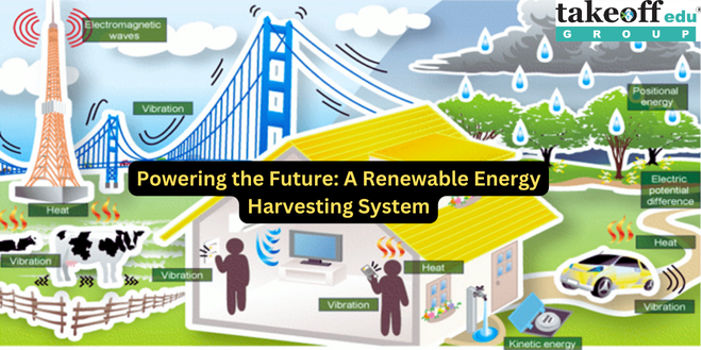
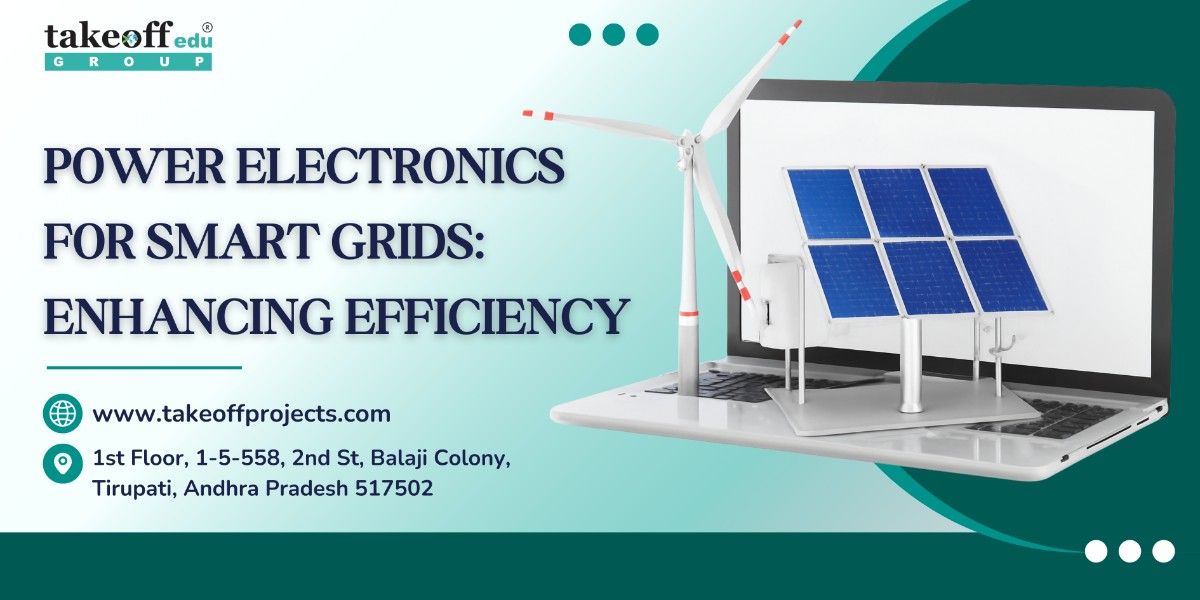 Power Electronics for Smart Grids: Enhancing Efficiency
Power Electronics for Smart Grids: Enhancing Efficiency 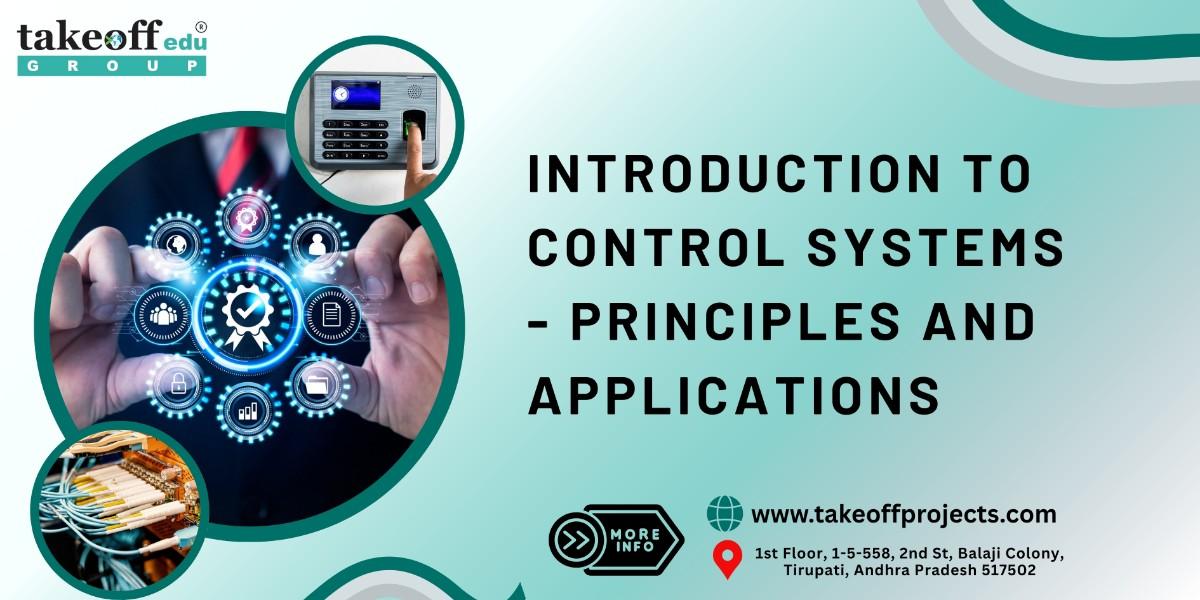 Introduction to Control Systems: Principles and Applications
Introduction to Control Systems: Principles and Applications 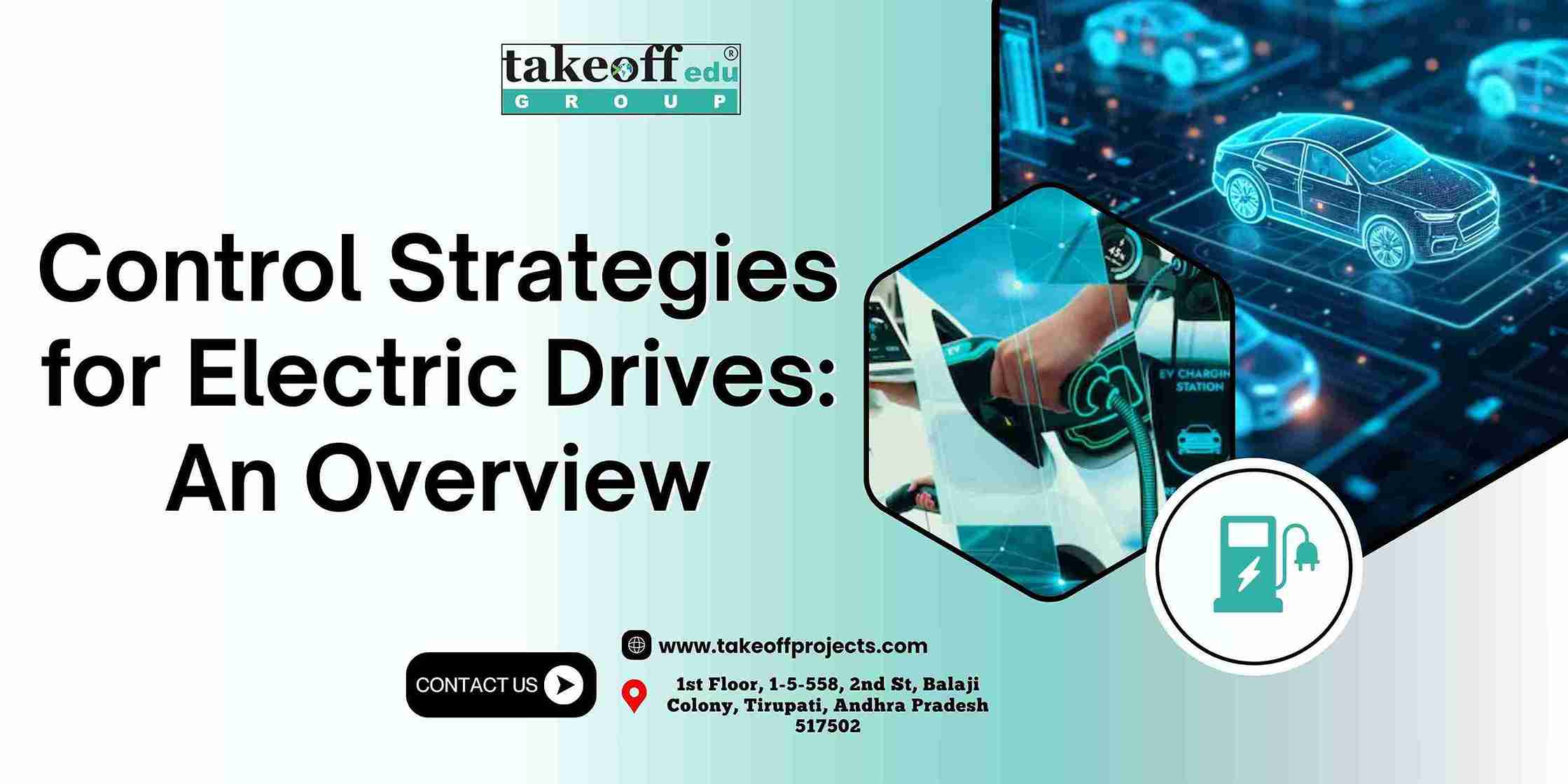 Control Strategies for Electric Drives: An Overview
Control Strategies for Electric Drives: An Overview 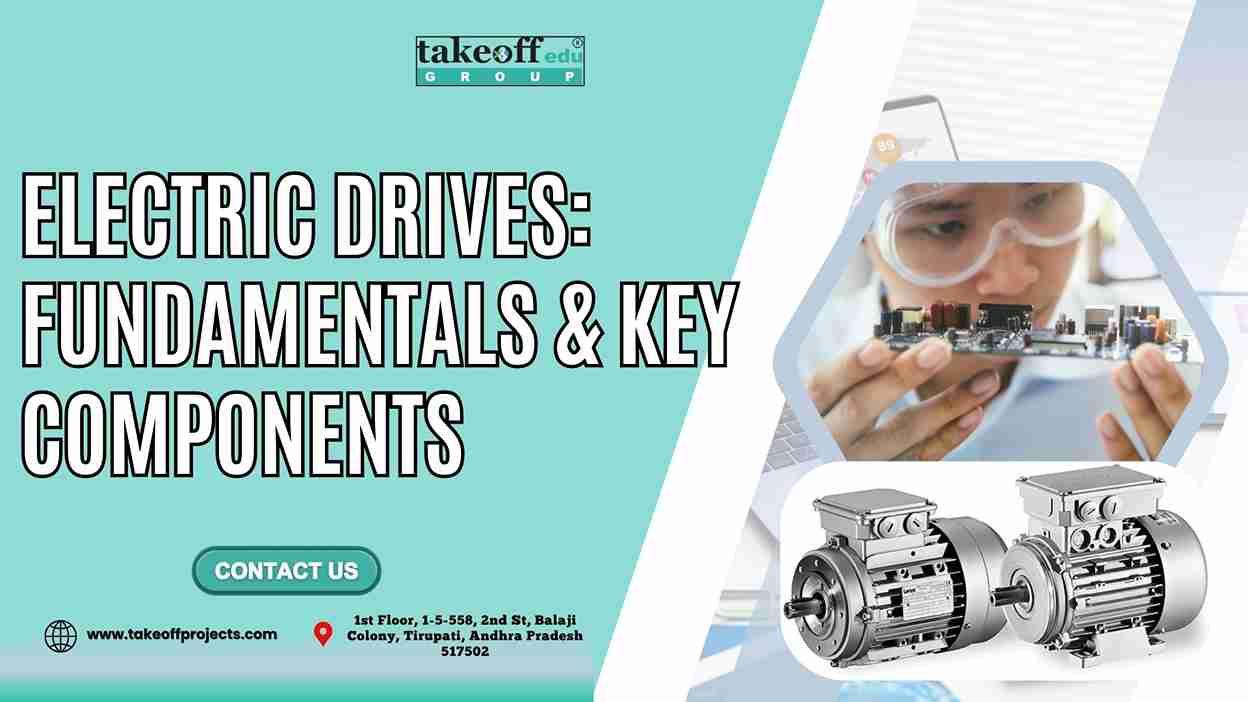 Electric Drives: Fundamentals & Key Components
Electric Drives: Fundamentals & Key Components 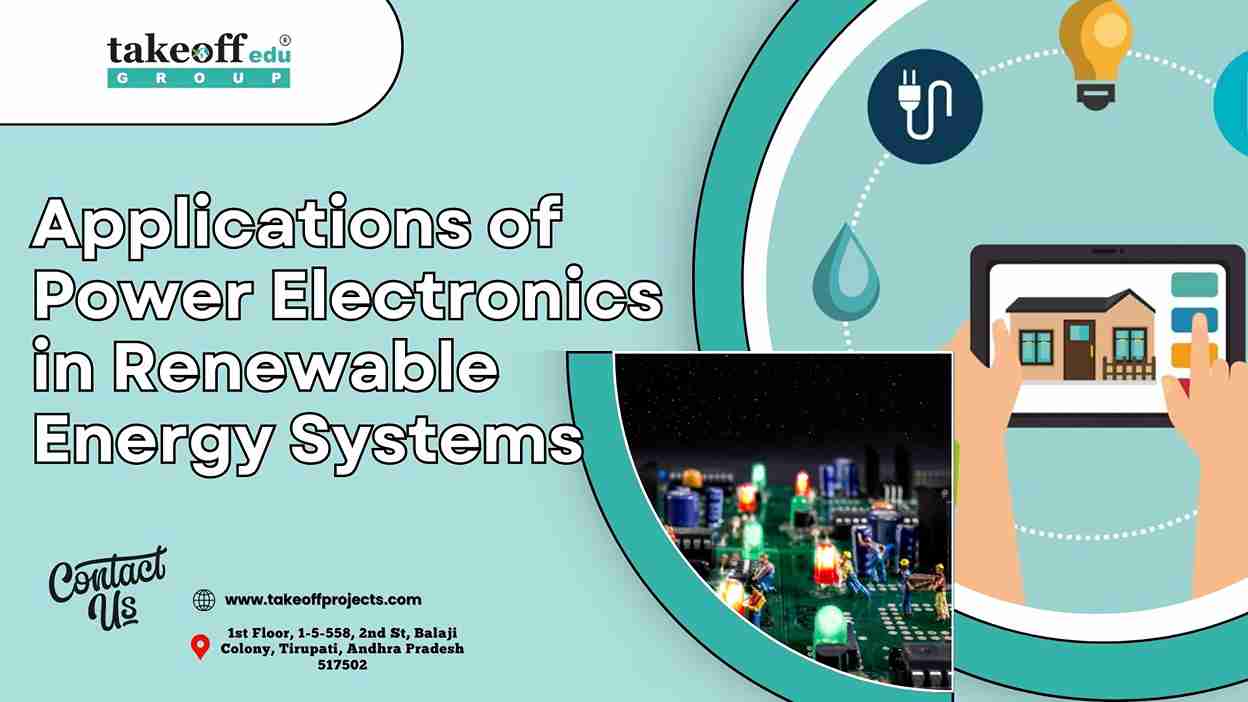 Applications of Power Electronics in Renewable Energy Systems
Applications of Power Electronics in Renewable Energy Systems  Designing Efficient Power Converters: Tips and Techniques
Designing Efficient Power Converters: Tips and Techniques 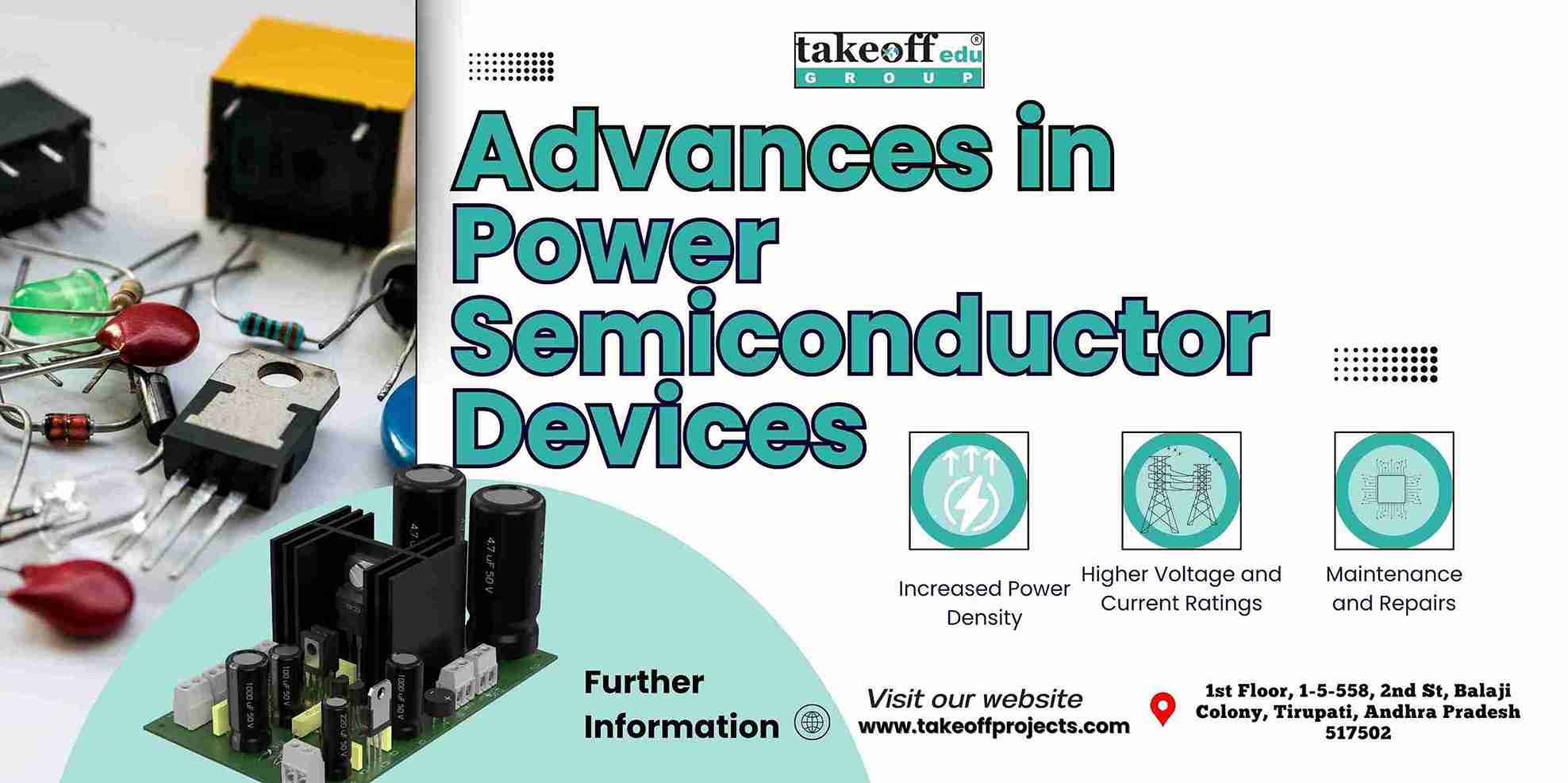 Advances in Power Semiconductor Devices
Advances in Power Semiconductor Devices 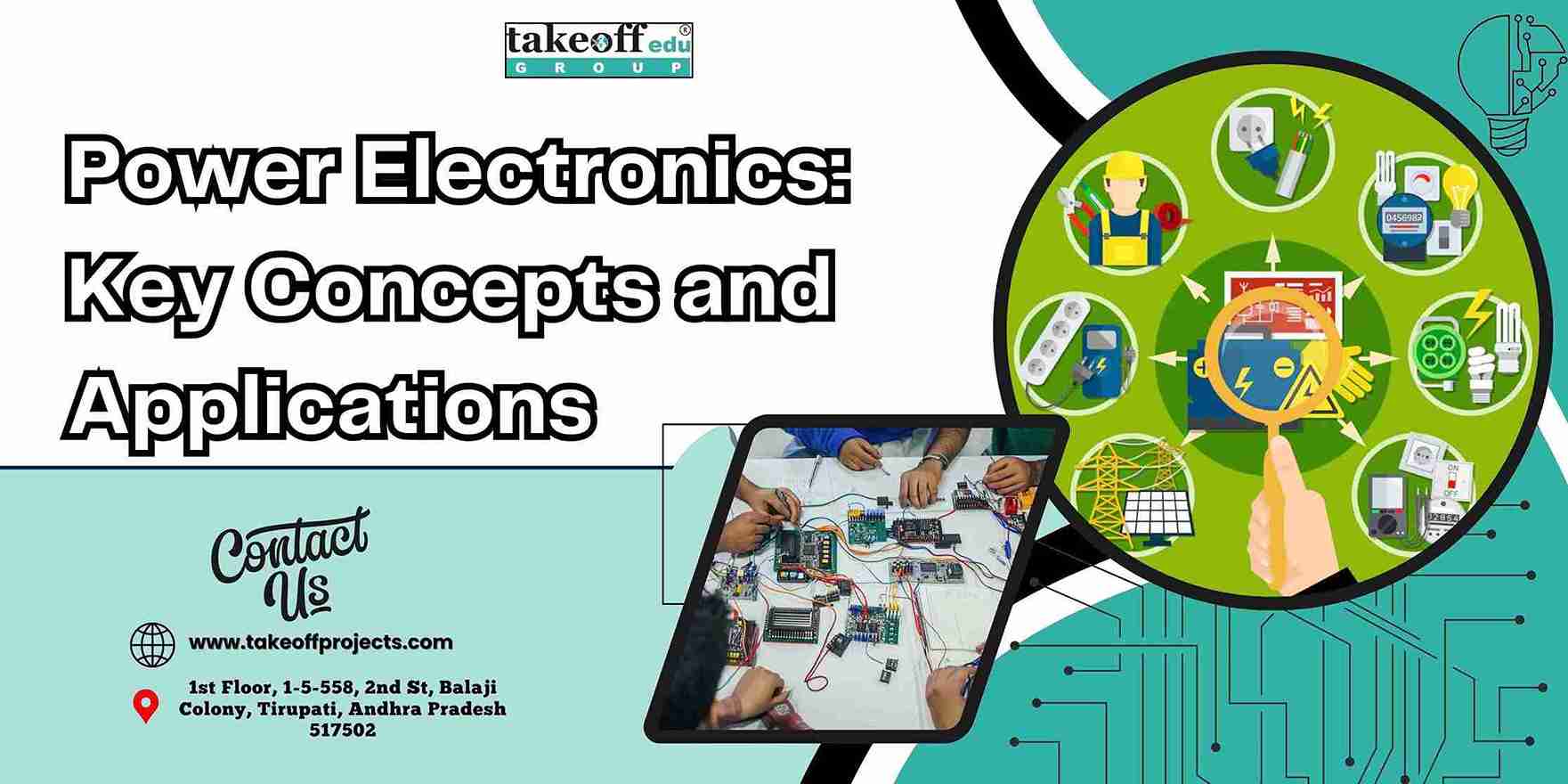 Power Electronics: Key Concepts and Applications
Power Electronics: Key Concepts and Applications  Cybersecurity in Power Systems: Protecting Critical Infrastructure
Cybersecurity in Power Systems: Protecting Critical Infrastructure 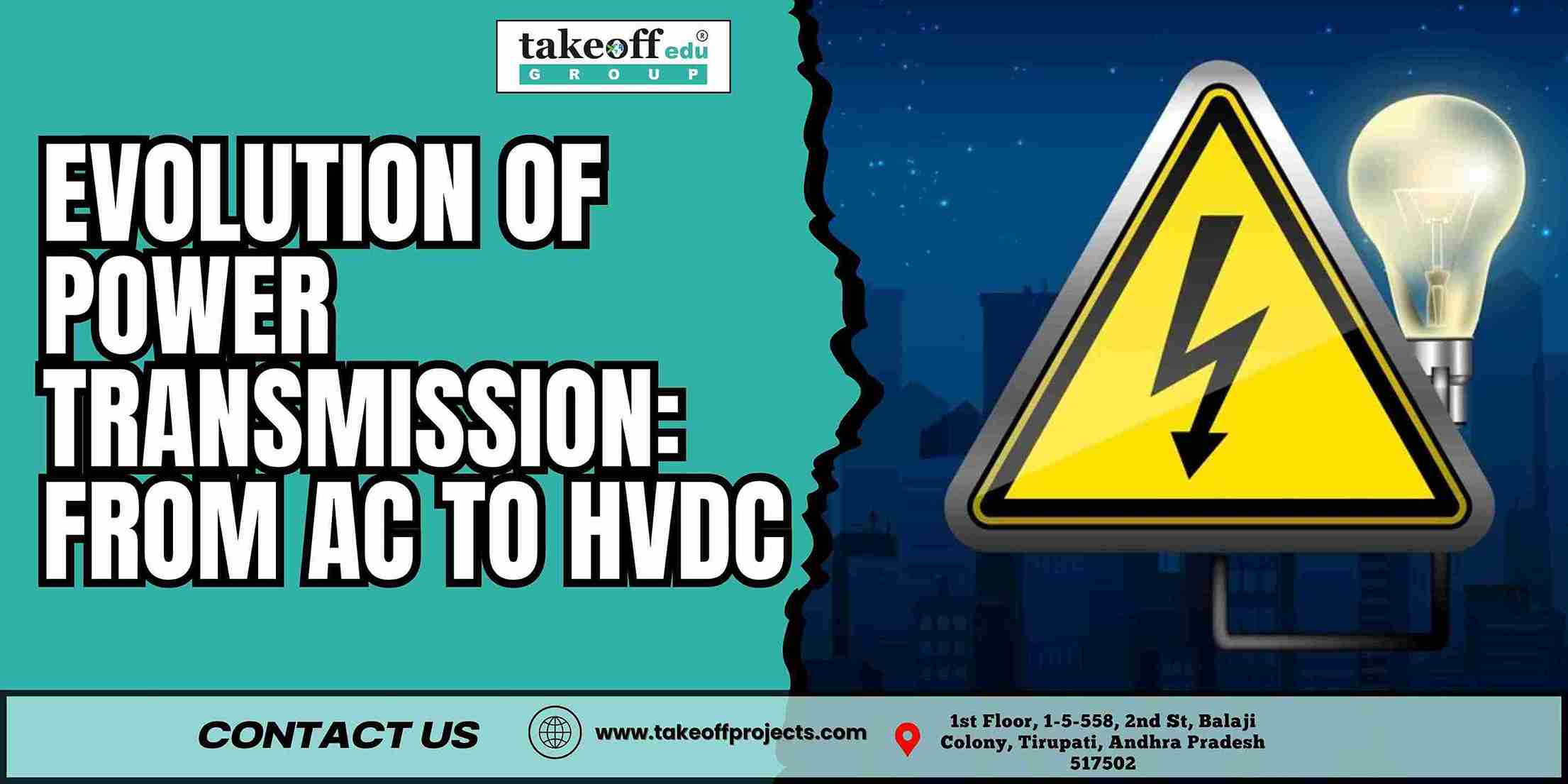 The Evolution of Power Transmission: From AC to HVDC
The Evolution of Power Transmission: From AC to HVDC  Impact of Energy Storage on Power System Management
Impact of Energy Storage on Power System Management 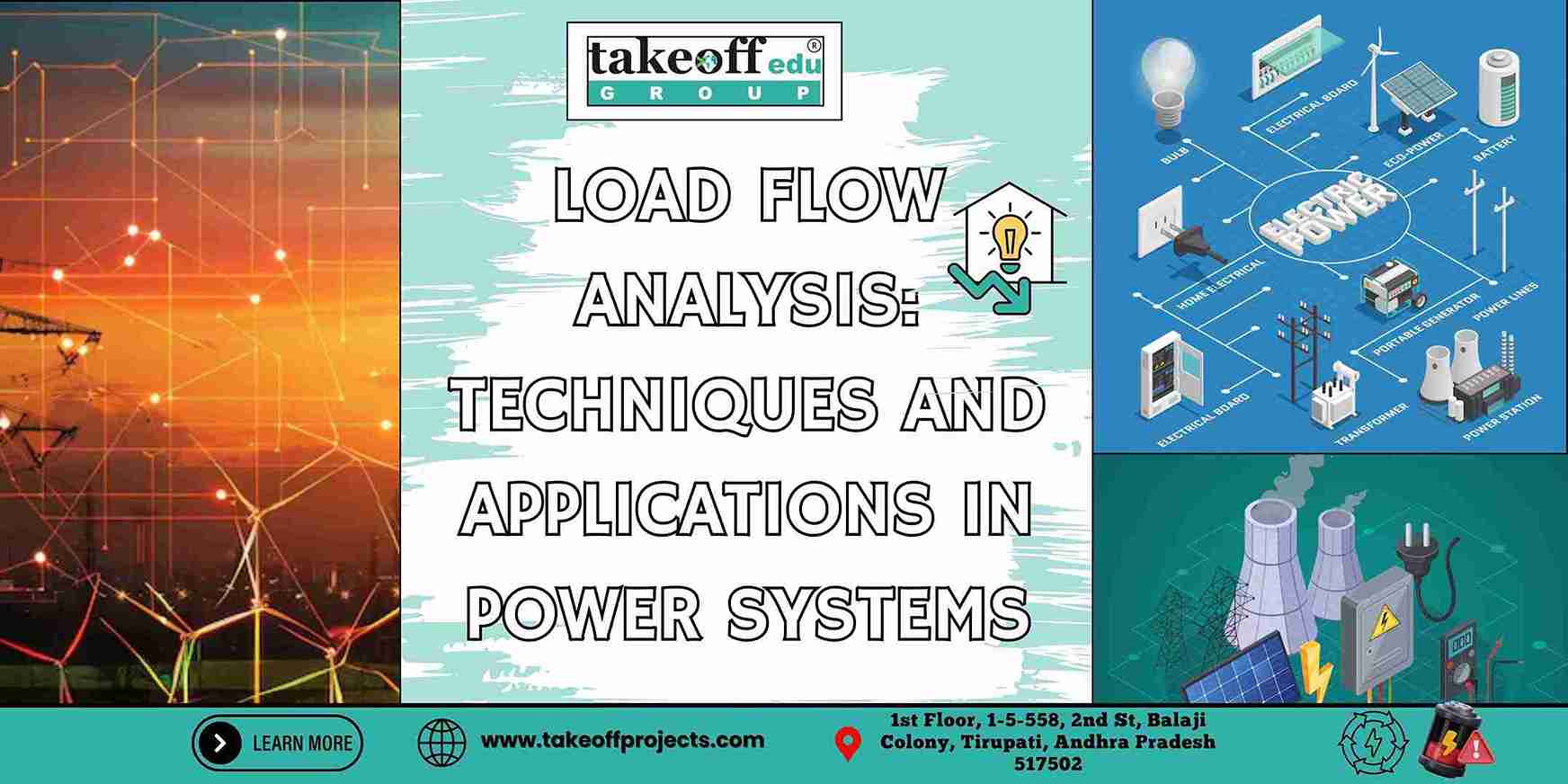 Load Flow Analysis : Techniques and Applications in Power Systems
Load Flow Analysis : Techniques and Applications in Power Systems 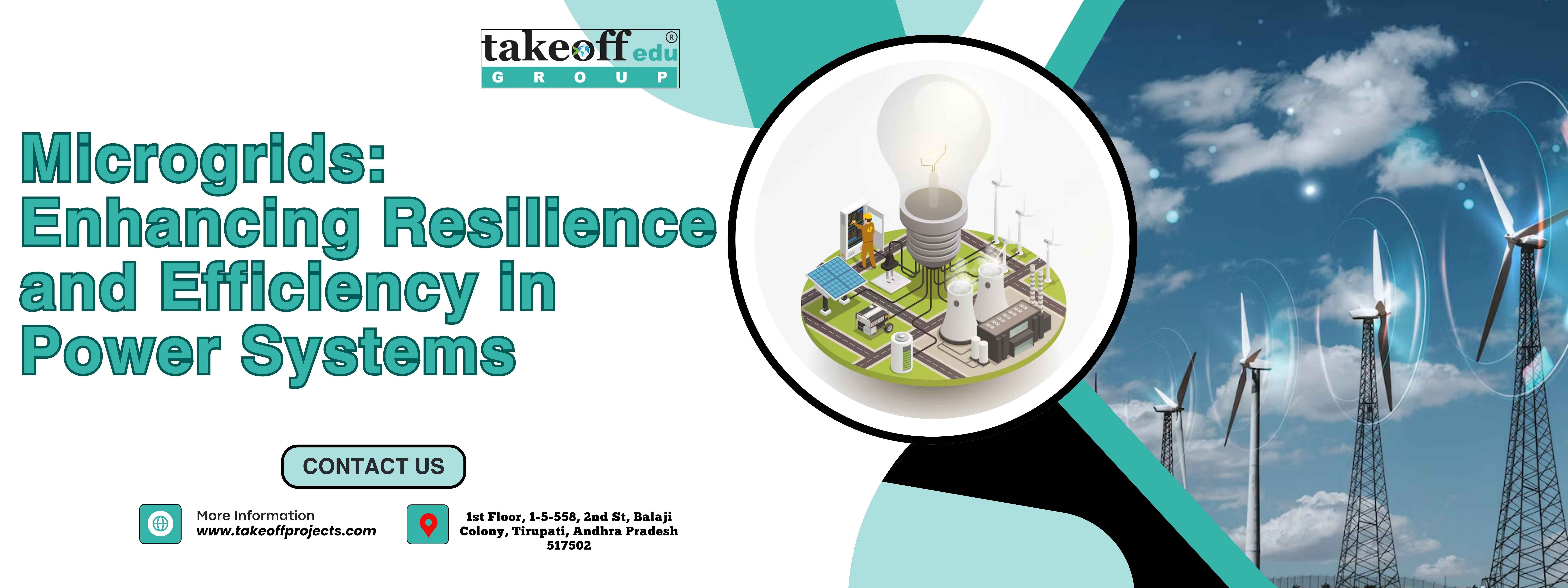 Microgrids: Enhancing Resilience and Efficiency in Power Systems
Microgrids: Enhancing Resilience and Efficiency in Power Systems  Innovative Technologies in Power System Protection
Innovative Technologies in Power System Protection 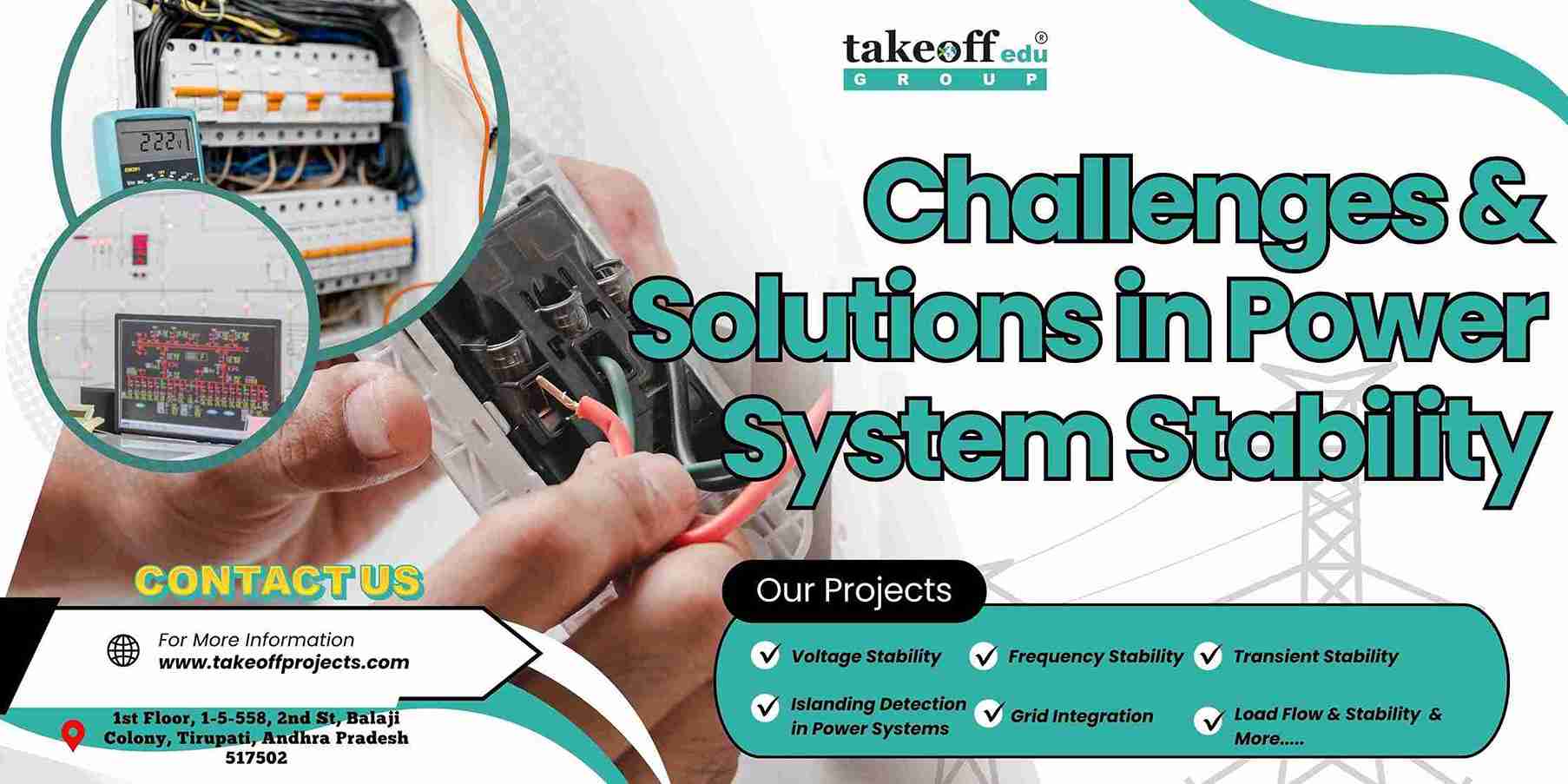 Challenges and Solutions in Power System Stability
Challenges and Solutions in Power System Stability 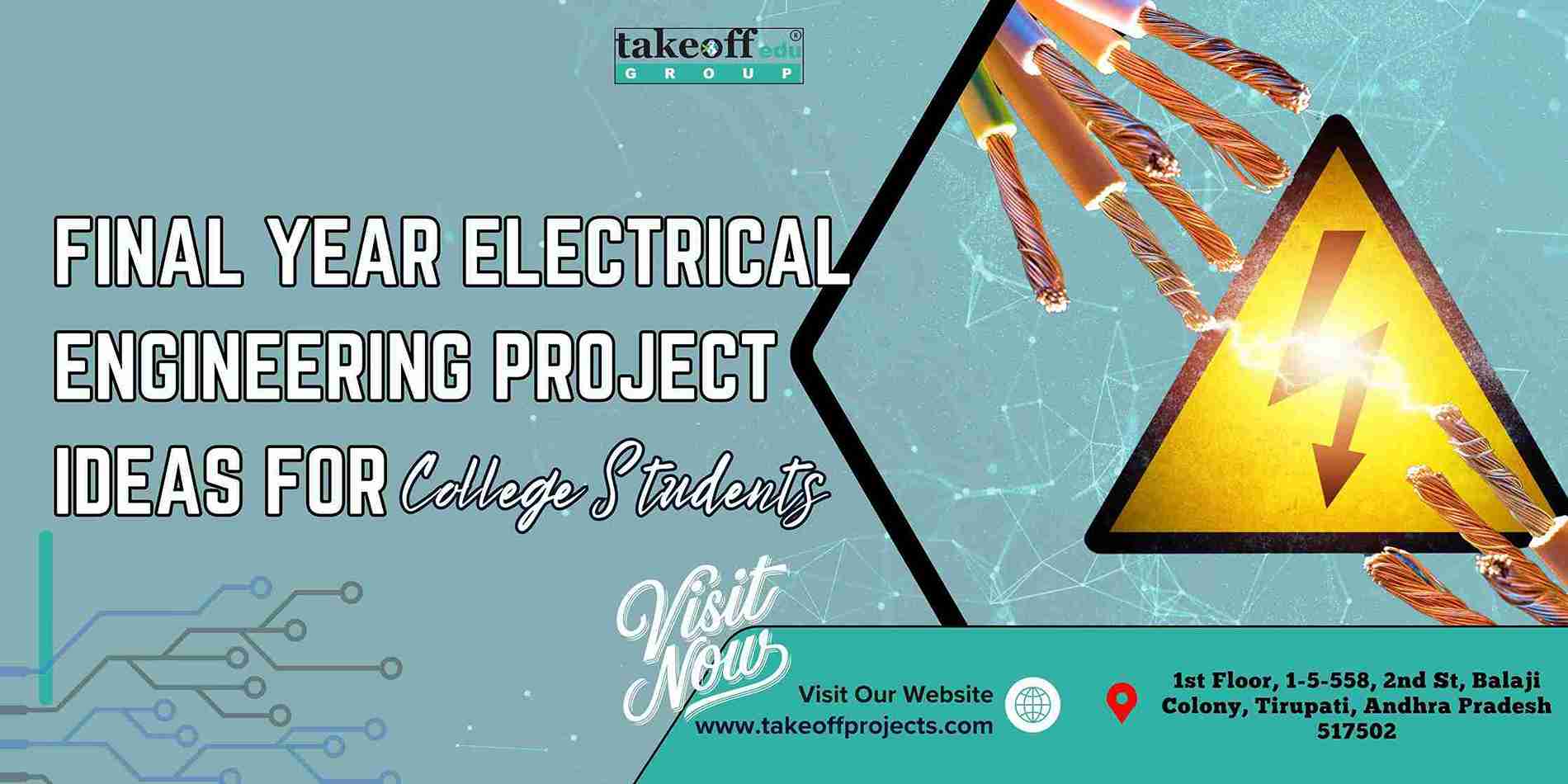 Final Year Electrical Engineering Project Ideas for College Students
Final Year Electrical Engineering Project Ideas for College Students 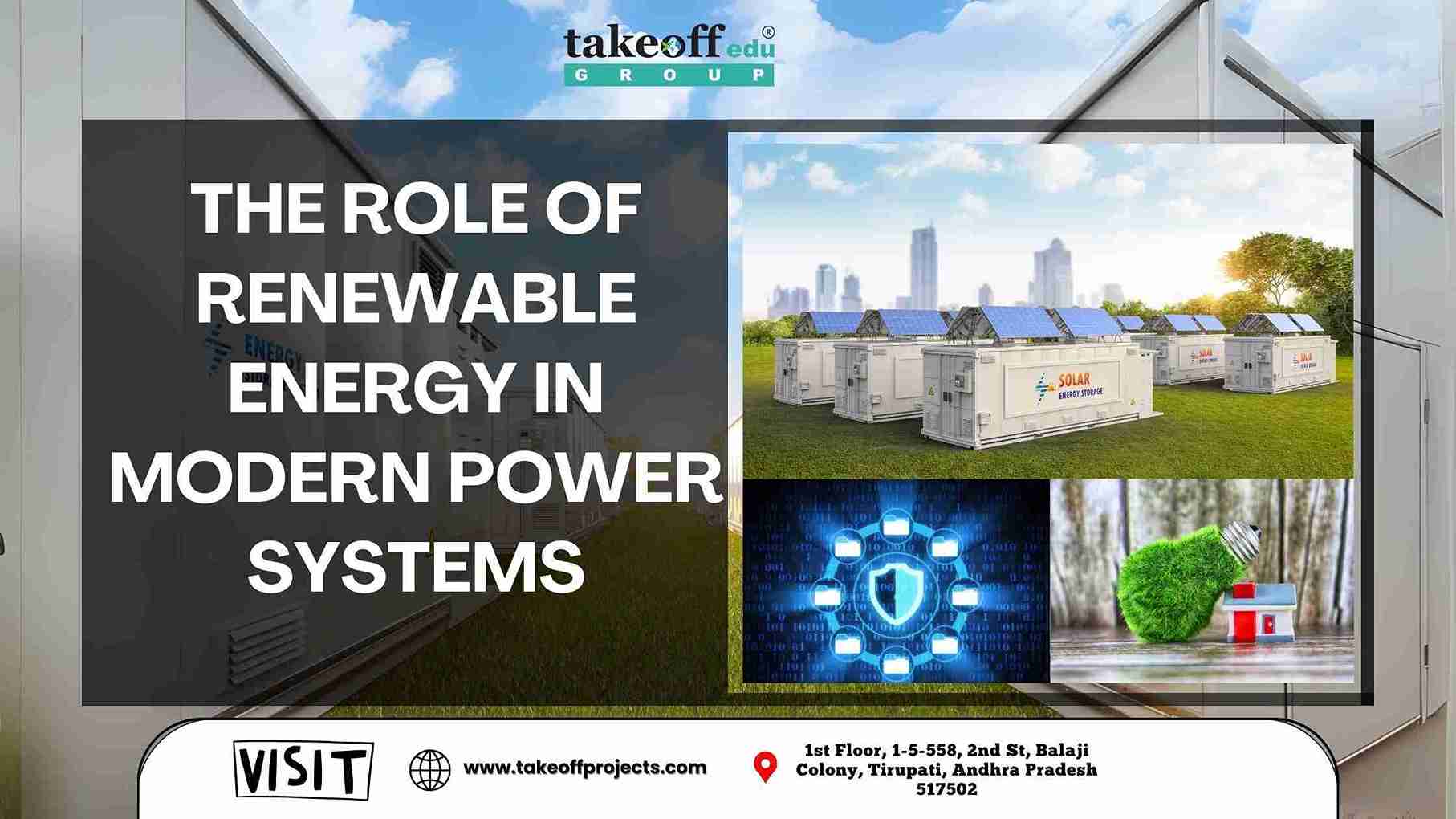 The Role of Renewable Energy in Modern Power Systems
The Role of Renewable Energy in Modern Power Systems 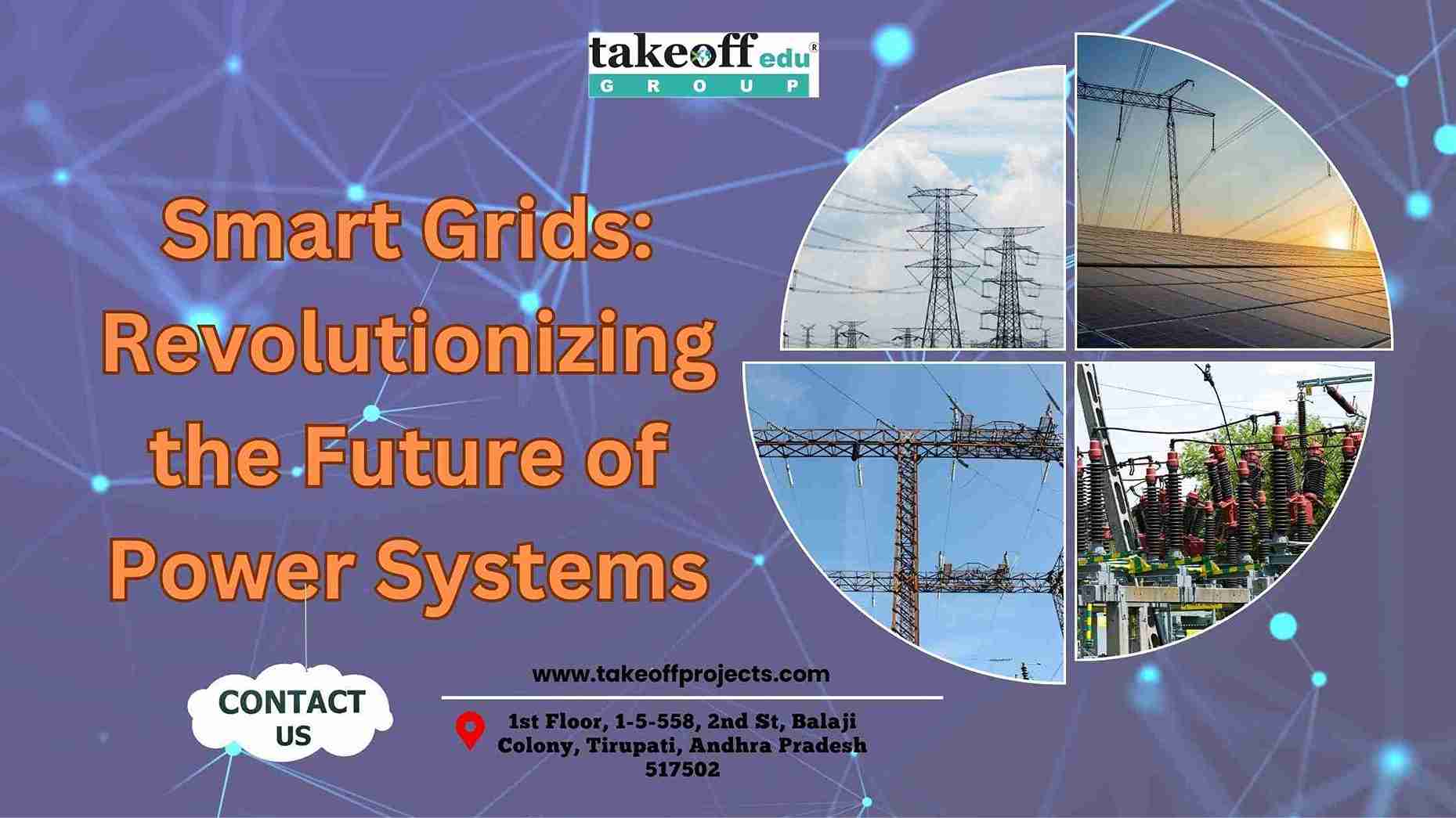 Smart Grids: Revolutionizing the Future of Power Systems
Smart Grids: Revolutionizing the Future of Power Systems 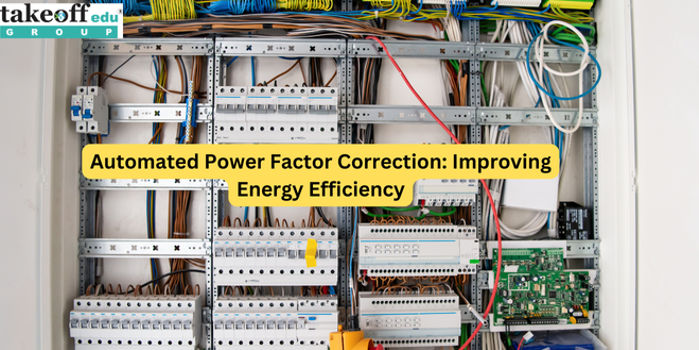 Automated Power Factor Correction: Improving Energy Efficiency
Automated Power Factor Correction: Improving Energy Efficiency 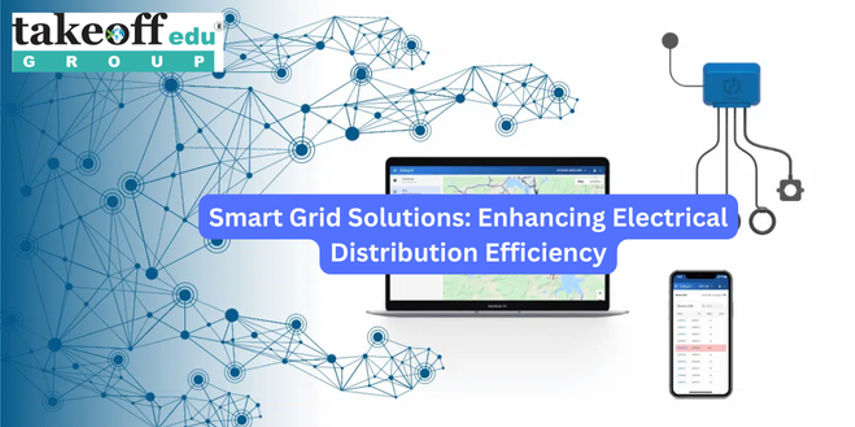 Smart Grid Solutions: Enhancing Electrical Distribution Efficiency
Smart Grid Solutions: Enhancing Electrical Distribution Efficiency 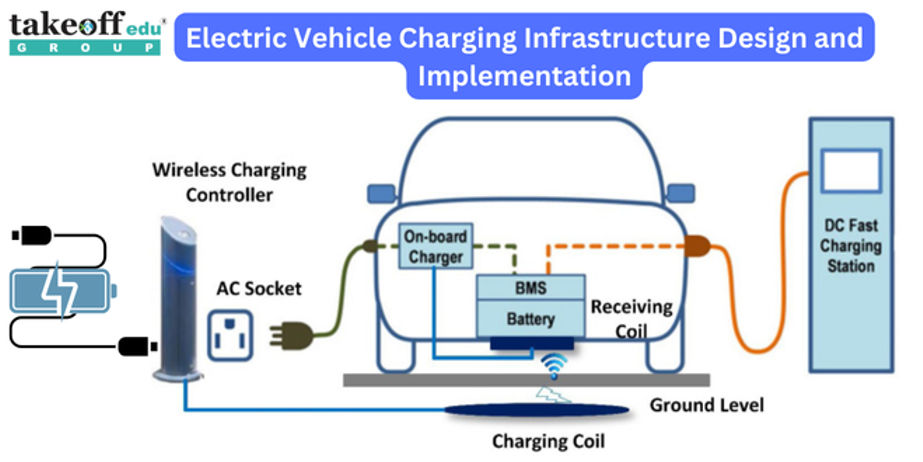 Electric Vehicle Charging Infrastructure Design and Implementation
Electric Vehicle Charging Infrastructure Design and Implementation  Integration of Renewable Energy Sources in Microgrids
Integration of Renewable Energy Sources in Microgrids 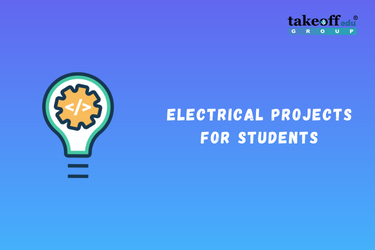 Electrical Projects Engineering Students
Electrical Projects Engineering Students 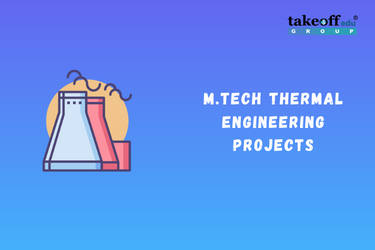 M.Tech Thermal Engineering Projects
M.Tech Thermal Engineering Projects 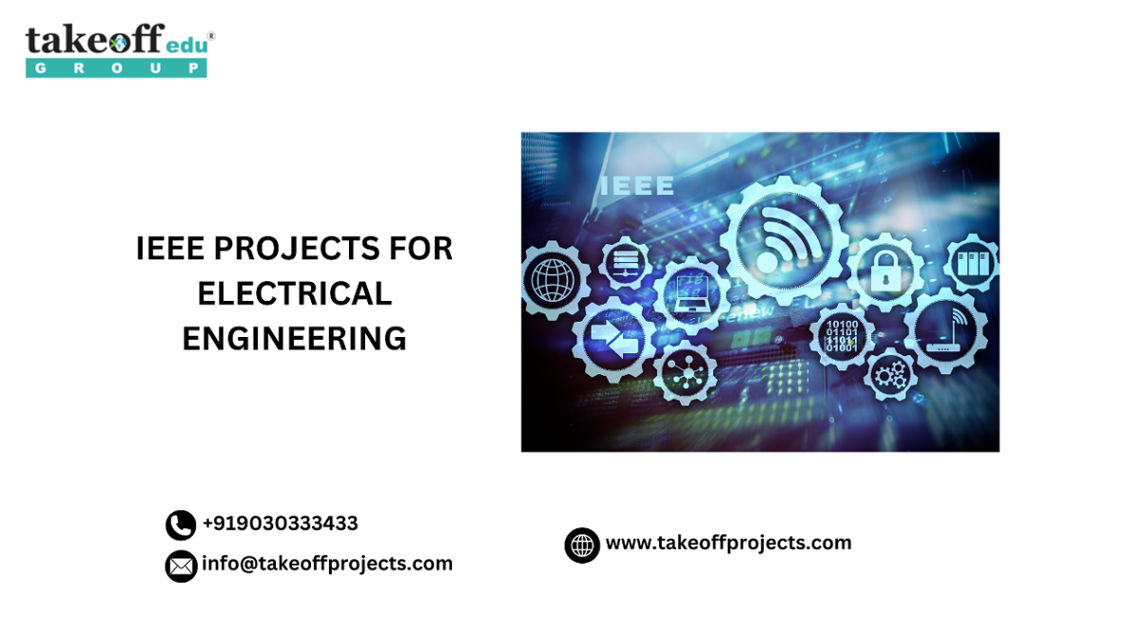 IEEE Projects for Electrical Engineering
IEEE Projects for Electrical Engineering 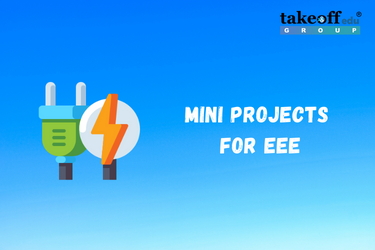 Mini Projects for EEE
Mini Projects for EEE 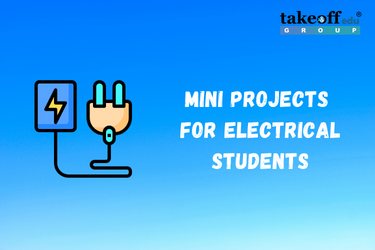 Mini Projects for Electrical Students
Mini Projects for Electrical Students  Top Electrical Projects for Final Year Students
Top Electrical Projects for Final Year Students 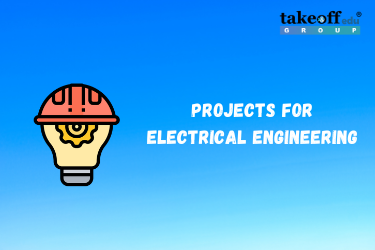 10 Interesting Projects for Electrical Engineering Students 2022
10 Interesting Projects for Electrical Engineering Students 2022 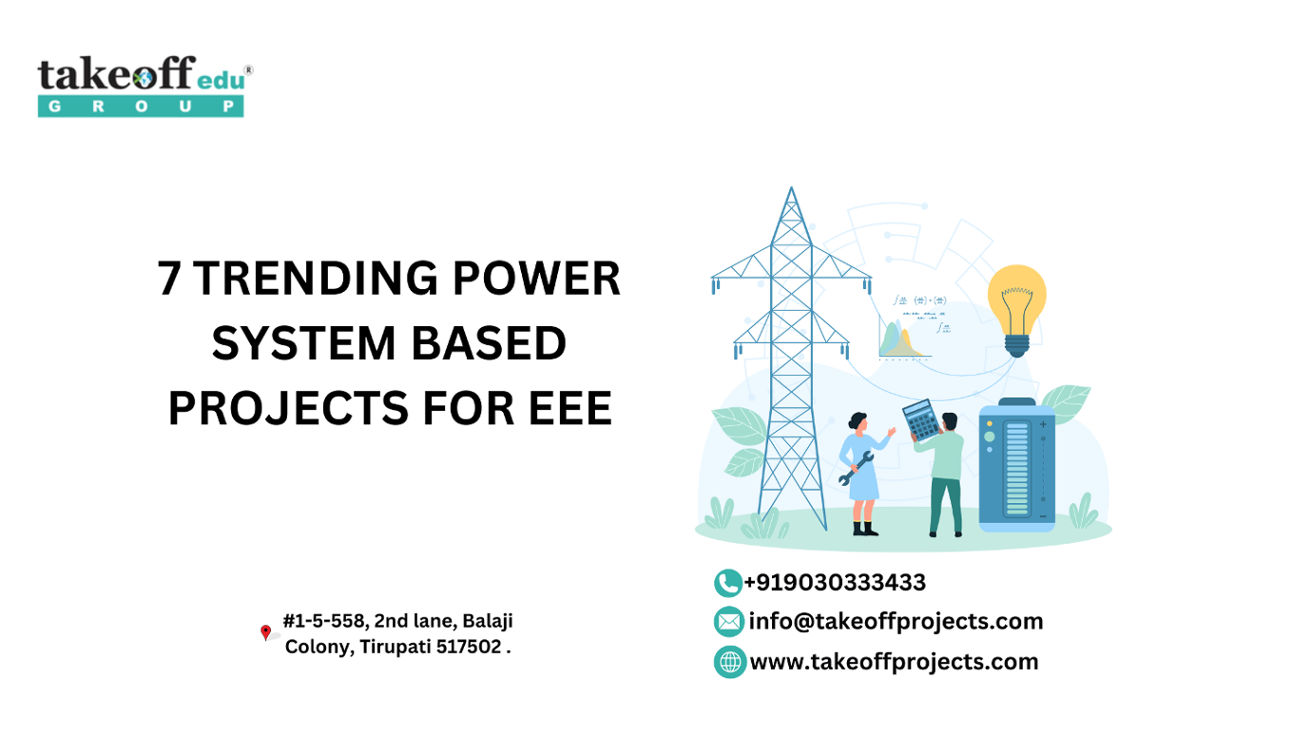 7 Trending Power Systems Based Projects for EEE
7 Trending Power Systems Based Projects for EEE  Top 10 Power Electronics Projects for EEE
Top 10 Power Electronics Projects for EEE 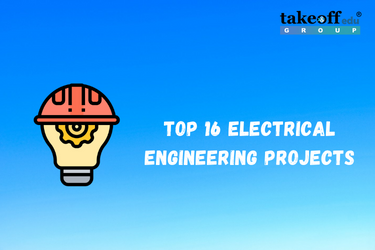 Top 16 Electrical Engineering Projects
Top 16 Electrical Engineering Projects 
 Paper Publishing
Paper Publishing


